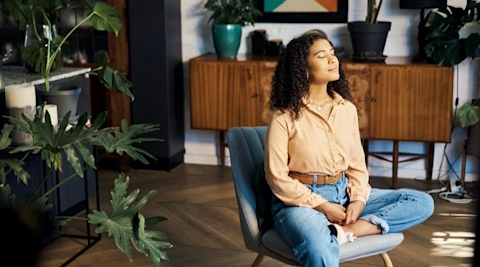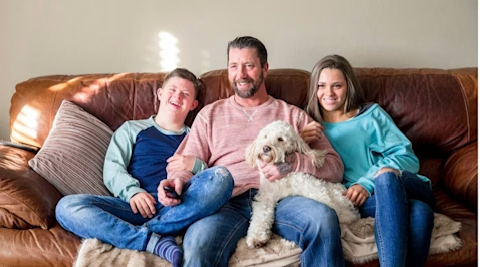5 Minutes for you: Visualisation techniques to reduce stress
Take 5 minutes out of your day to breath and find your centre

Guided imagery or visualisation can help to reduce symptoms of anxiety. Try these short techniques to relieve workplace stress on a hectic day.
Did a parent or carer ever tell you to ‘think of something nice’ when you were sick or in pain as a child? Guided imagery is a form of mental focus that can help distract people from unpleasant feelings, opens in a new tab, relieve symptoms of anxiety, opens in a new tab, and even reduce sensitivity to pain, opens in a new tab.
Guided visualisations are available online (check out some guided videos on YouTube), via apps and in books. Because you can do a guided imagery exercise almost anywhere, if you have a technique in mind, it’s a simple way to get any stress symptoms – such as shortness of breath or a pounding heart – under control quickly.
There is an almost endless amount of visualisation techniques you can try – you simply need to find the one that works best for you. Some people imagine themselves running and winning a race; others might visualise their stress as a large piece of paper that they mentally rip up and throw away. Find some options online or here at Beyond Blue, opens in a new tab.
Your five-minute ‘happy place’ visualisation
Find a quiet place and try this guided visualisation to increase focus and reduce symptoms of stress and anxiety.
1 Start by finding a quiet place where you can sit uninterrupted for five minutes. Sit comfortably. Close your eyes. Breath in through the nose and out through the mouth.
2 Imagine a calm, quiet location. It might be a spring garden, a quiet forest or a deserted beach.
3 Visualise being there. What else can you see and hear? Are there birds singing or waves crashing? Can you smell the sea or the flowers? Can you feel the warmth of the sun on your face?
4 Stay in your happy place for as long as you need to, breathing deeply and noticing the sights and sounds around you that make you feel calm, happy, and safe.
5 When you’re ready open your eyes. Return to your happy place whenever you need to.

5 minutes for you: Motivating mantras to build workplace confidence
Try these motivating mantras to build resilience and self-confidence.

5 ways to completely wind down after work
Dr Gina Cleo, a habit-change specialist share expert tips to make winding down after work easy

12 tips for getting a better night’s sleep
Expert tips to improve sleep quality, boost energy and manage work stress for better rest.